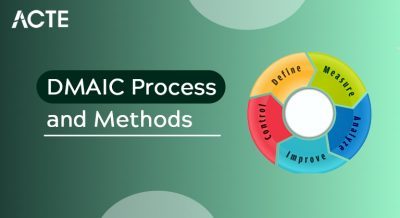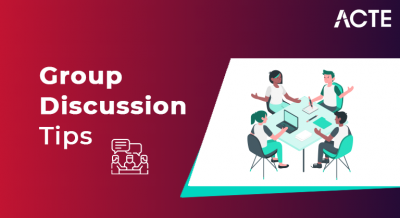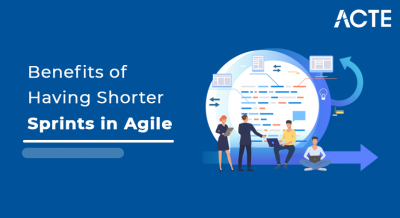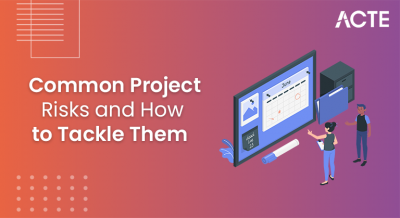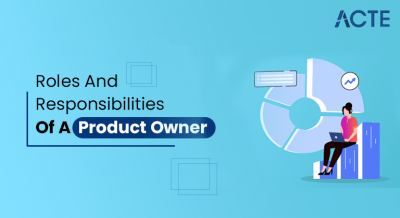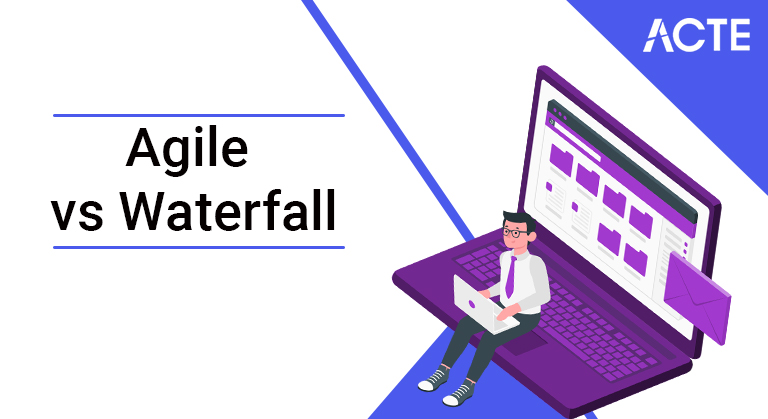
Agile and waterfall are two distinctive methodologies of processes to complete projects or work items. Agile is an iterative methodology that incorporates a cyclic and collaborative process. Waterfall is a sequential methodology that can also be collaborative, but tasks are generally handled in a more linear process.
- Introduction to Agile & Waterfall
- Differences Between Agile vs. Waterfall
- Agile Development Vs Waterfall Development
- Project Management Software for Waterfall and Agile
- Making the Choice Between Agile and Waterfall
- What are the principles of Agile development? Principle of Waterfall Development?
- Final Words to Compare Waterfall Method vs Agile
- limitations of Waterfall & agile
- Advantages of Agile & waterfall
- Conclusion
- Agile was initially developed for the software industry to enhance and streamline the event process during a bid to quickly identify and adjust for defects and issues. It offers how for teams and developers to deliver a far better project, faster, through short, iterative sprints/sessions. And with many companies moving to the digital workplace, agile is a superb fit the organizations looking to rework the way they manage projects and operate generally. Here’s why the agile methodology is useful.
- Waterfall Model methodology is additionally referred to as Linear Sequential Life Cycle Model. The Waterfall Model followed within the sequential order, then the project development team only moved to the subsequent phase of development or testing if the previous step was completed successfully.
Introduction to Agile & Waterfall:
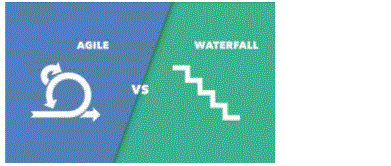
- Agile may be an accumulative and iterative process; Waterfall is a linear and sequential process.
- Agile divides a project into sprints; Waterfall divides a task into stages.
- Agile allows done many small projects; Waterfall enables finish one single project.
- Agile introduces a product mindset with attention to customer satisfaction; Waterfall focuses on successful project delivery.
- Requirements are prepared every day in Agile, while requirements are prepared once at the beginning in Waterfall.
Differences Between Agile vs. Waterfall:
Both methods can help designers create high-quality project management. Depending on the precise project requirement, knowing the distinction between agile and waterfall can better equip a product team to settle on the proper technique and methods in having a thriving software project. a digit of the distinct distinctions are:
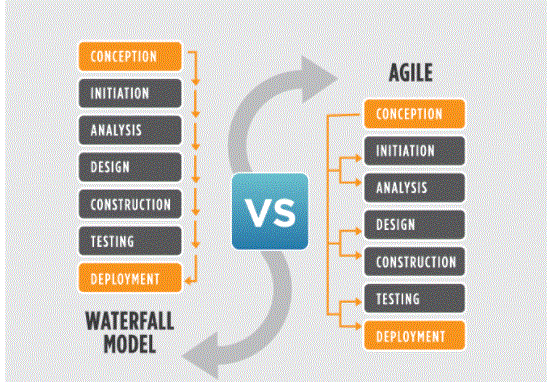
- Agile development may be a team-based approach that emphasizes rapid deployment of a functional application with attention to customer satisfaction. It defines a time-boxed phase called a sprint with an outlined duration of a fortnight.
- Waterfall project management may be a sequential approach that divides the SDLC into distinct phases like requirements gathering, analysis and style, coding and unit testing, system and user acceptance testing, and deployment. The subsequent phase can only proceed if the previous phase has been completed. In between phases, a deliverable is predicted or a document is signed off.
Agile Development Vs Waterfall Development:
- Today numerous current PM solutions offer robust functionality to handle both Waterfall and Agile projects. Hygger.io may be a wonderful model.
- With roadmaps supported Gantt charts, templates, task lists, reporting tools, and more, it looks like an excellent solution for traditional management.
- Hygger allows to assign tasks to team members and make dependencies between tasks.
- Agile suitors want convenient Kanban/ Scrum boards with Swimlanes and WIP limitations, subtasks, prioritization, and scoring frameworks, etc.
Project Management Software for Waterfall and Agile:
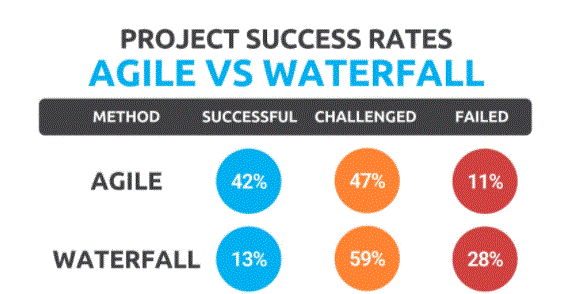
- Waterfall could also be the easiest choice if there’s no (or limited) access to a client to supply constant feedback. It’ll also suit assignments with a dispersed team, fixed budget, and dimensions.
- Agile looks are preferable for more complex and bigger projects, where there’s quick access to customer feedback. Its flexibility creates the technique more appropriate for projects with frequently varying conditions.
- The main difference between this methodology is that the Agile approach to software development has no strict structure.
- The way of document management is another distinction between the methodologies. Usually, Agile teams don’t have any documents in the least. there’s no need for documents because the customer can see the progress of labor at any time he wants.
- The different way of teamwork is what we see first once we compare and contrast the methods. there’s no strict structure within the Agile teams. All their members are interchangeable, therefore the work goes faster. there’s also no need for project managers because the projects are managed by the entire team.
Making the Choice Between Agile and Waterfall:
Your leading choice between these two processes depends much on several aspects:
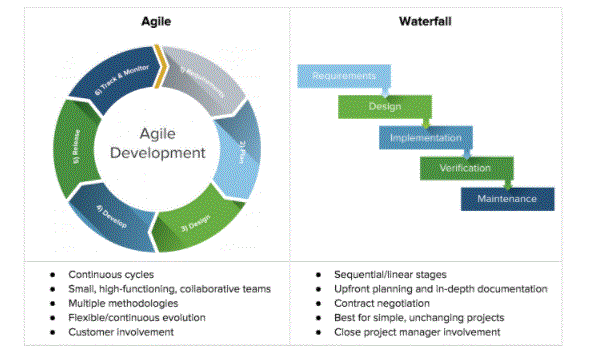
What are the principles of Agile development? Principle of Waterfall Development?
Some core principles projected during this method follows:
Adaptability. the power to vary design, requirements, architecture, and deliverables are vital during this method.
Lean development. Software development values make the top product as simple as possible.
Customer involvement. the event requires close collaboration between the customer and therefore the development team.
Teamwork. the tactic values teamwork almost in particular else. The teams aim to repeatedly assess how they will become simpler and adjust projects as they are going.
Time. The methodology breaks projects into very small units of your time. These are the time-boxed sprints.
Sustainability. The model puts value on developing a tolerable pace for software development rather than going for more immediate deadlines in exchange for an incomplete project.
Testing. the tactic insists on testing through every phase of the project.
Principle of Waterfall Development?
Currently, Waterfall is that the hottest methodology of software development. It originated within the 1950s. At that point software development was a replacement industry, therefore the programmers just took an honest old manufacturing methodology and applied it to the present process. that’s why Waterfall is taken into account conservatively among software developers. However, most of them like better to use it due to its good predictability.
- Today most companies are using Agile methodology thanks to its benefits and know the waterfall methodology vs agile. Some organizations, especially those within the development of small projects, are using waterfall models. Here we’ve presented an in-depth description and agile vs waterfall comparison table of the difference between both methodologies as agile vs waterfall.
- Agile methods could also be suitable for a few cases, while other waterfalls could also be the simplest ones. The agile vs waterfall pros and cons help in selecting the simplest one. Choose the one that suits your requirement exactly as you recognize the pros and cons of agile methodology vs waterfall model.
Final Words to Compare Waterfall Method vs Agile:
- It is not a perfect model for an outsized size project
- If the need isn’t clear at the start, it’s a less effective method.
- Very difficult to maneuver back to make changes within the previous phases.
- The testing process starts once development is over. Hence, it’s increased stakes of bugs to be discovered later in development where they’re costly to repair.
- It is a not useful method for little development projects.
- It requires an expert to require important decisions within the meeting.
- The cost of executing an agile approach is small more likened to other development methods.
- The project can easily explode track if the project manager isn’t clear about what outcome he/she wants.
limitations of Waterfall & agile:
Limitations of Waterfall Model:
Limitations of Agile Model:
- It is one of the simplest models to work. due to its core, each phase has clear deliverables and a thought revolution.
- It works well for fewer size tasks where conditions are easily understandable.
- Faster delivery of the project
- Process and results are well documented.
- Easily adaptable method for shifting teams
- This project management method is useful to handle dependencies.
- It is a focused client process. So, it makes sure that the client is continuously involved during every stage.
- Agile teams are extremely motivated and self-organized so it likely to supply a far better result from the event projects.
- The agile software development process ensures that the rate of the occasion is carried.
- The process is supported by incremental progress. Therefore, the client and team know exactly what’s complete and what’s not. This reduces risk within the development process.
Advantages of Agile & waterfall:
Advantages of Waterfall Model:
Advantages of the Agile Model:
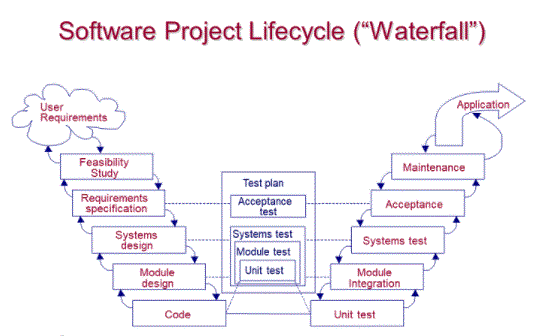
- Both famous software development processes are somewhat distinct and useful in their way.
- To translate this post, let’s explain key discrepancies and spotlight them here:
- Waterfall suits projects with well-defined conditions where no changes are anticipated. Agile looks best where there’s a better option for frequent condition changes.
- The waterfall is straightforward to manage and has a sequential approach. Its iterative opponent is extremely flexible and allows to form changes in any phase.
- In Agile, project requirements can change frequently. within the traditional model, it’s defined just one occasion by the business analyst.
- Agile functions sampling concurrently with software development whereas in Waterfall methodology testing comes after the construction stage.
- In an Agile project’s report, points are usually changed anytime, which isn’t likely in Waterfall.
Conclusion:

